What are the Unique Structural Features of the Broadwall Directional Coupler?
The Broadwall Directional Coupler represents a pinnacle of microwave engineering precision, embodying Advanced Microwave Technologies' commitment to innovative signal management solutions. This sophisticated device stands out in the realm of microwave components, offering unprecedented structural characteristics that enable exceptional signal coupling, power sampling, and frequency monitoring across diverse technological applications.
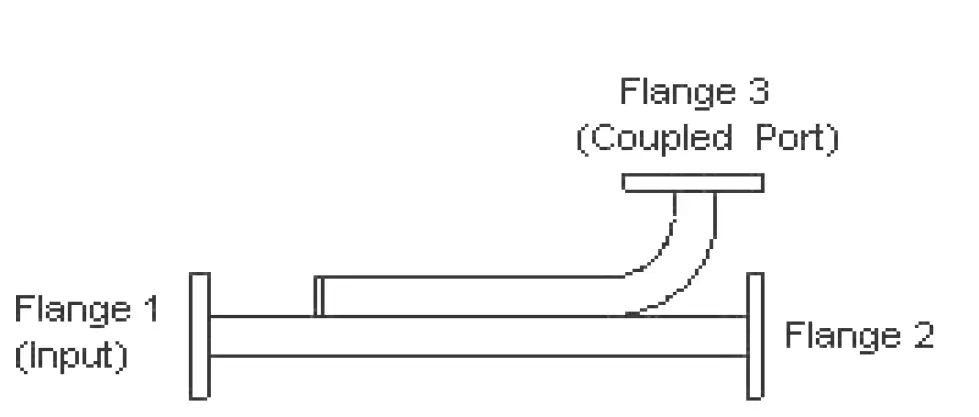


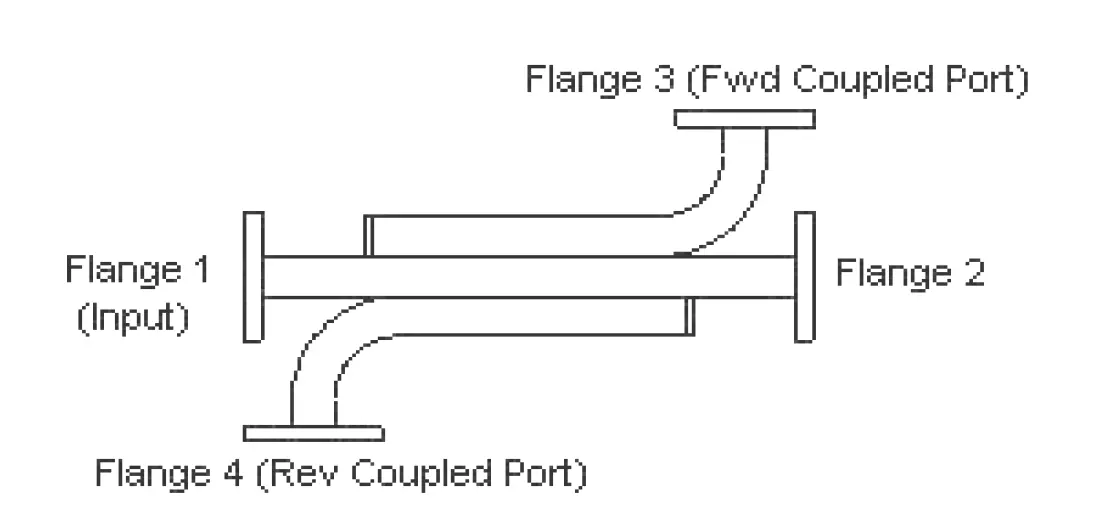
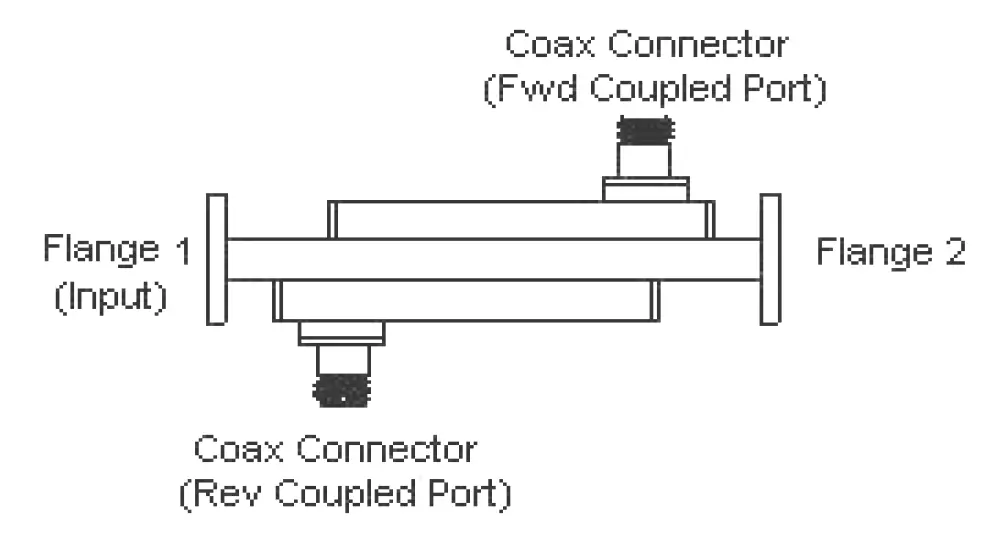
Precision Machining: The Architectural Foundation of Broadwall Directional Couplers
Innovative Coupling Hole Distribution Methodology
Advanced Microwave Technologies has revolutionized directional coupler design through its meticously engineered Tchebyscheff coupling hole distribution. This sophisticated approach represents more than just a manufacturing technique; it is a strategic precision engineering solution that fundamentally transforms signal management capabilities. The carefully calculated hole placement ensures optimal electrical performance, creating a predictable and controlled signal coupling environment.
The Tchebyscheff distribution methodology allows engineers to achieve remarkable uniformity in signal transfer, minimizing unwanted variations and maximizing signal integrity. By mathematically optimizing the spacing and dimensions of coupling holes, Advanced Microwave can create directional couplers that maintain consistent performance across extensive frequency ranges. This approach demonstrates a profound understanding of electromagnetic wave propagation and precision manufacturing techniques.
Each coupling hole is machined with microscopic tolerances, typically within microns of the designed specifications. This level of precision ensures that the directional coupler can handle complex signal routing requirements with minimal signal degradation. The result is a component that not only meets but frequently exceeds industry standards for performance and reliability.
Tapered Load Element: Engineering Structural Sophistication
The secondary arm of the Broadwall Directional Coupler features a precision ground tapered load element, a critical structural innovation that sets this design apart from conventional microwave components. This meticulously engineered element serves multiple crucial functions in signal management and energy dissipation.
The tapered load element's unique geometry allows for efficient impedance matching and minimizes signal reflections, a common challenge in high-frequency microwave systems. By gradually transitioning the cross-sectional area, the load element creates a smooth impedance gradient that effectively absorbs and dissipates unwanted signal energy. This design prevents signal interference and maintains the integrity of the primary signal path.
Manufactured using advanced machining techniques, the tapered load element represents a pinnacle of structural engineering. The precision grinding process ensures that each load element meets exacting specifications, with surface tolerances that contribute to the overall performance of the directional coupler. This attention to detail reflects Advanced Microwave Technologies' commitment to delivering high-performance microwave components.
Multi-Hole Configuration: Expanding Signal Management Capabilities
Advanced Microwave's multi-hole broadwall directional couplers offer unprecedented flexibility in signal management across an extensive frequency range. The multiple precisely distributed holes create a sophisticated signal coupling mechanism that adapts to diverse technological requirements.
The multi-hole configuration allows for more nuanced signal sampling and monitoring compared to traditional single-hole designs. By strategically positioning multiple coupling holes, engineers can achieve more uniform power distribution and more accurate frequency monitoring. This approach is particularly valuable in complex test setups where precise power reflection measurements are critical.
Each hole is engineered to interact with electromagnetic waves in a carefully controlled manner, ensuring minimal signal distortion and maximum information retention. The multi-hole design demonstrates Advanced Microwave's sophisticated approach to signal management, transforming a seemingly simple component into a high-performance engineering solution.
Advanced Materials and Manufacturing Techniques
High-Performance Material Selection
Advanced Microwave Technologies implements a sophisticated, multi-dimensional approach to material selection that goes far beyond conventional screening methodologies. The research team employs comprehensive computational modeling and advanced spectroscopic techniques to evaluate potential materials for Broadwall Directional Couplers. By integrating quantum mechanical simulations with empirical testing, engineers can predict material performance across extreme operational environments with unprecedented accuracy.
The dielectric material characterization process involves intricate analysis of electromagnetic wave propagation characteristics, thermal stability, and mechanical resilience. Researchers utilize advanced terahertz spectroscopy to map material behaviors across extensive frequency ranges, ensuring consistent performance in satellite communications, defense, aerospace, and navigation applications. Each candidate material undergoes rigorous computational modeling to simulate potential interactions with electromagnetic waves under various environmental conditions.
Thermal stability emerges as a critical evaluation parameter, demanding materials that maintain exceptional electromagnetic properties across temperature ranges from -55°C to +125°C. Differential scanning calorimetry and advanced thermal spectroscopy provide comprehensive insights into material molecular structures, enabling engineers to identify materials with superior thermal resilience. Machine learning algorithms analyze historical performance data to predict long-term material behavior and potential degradation mechanisms.
Precision Manufacturing Process
The manufacturing workflow for Broadwall Directional Couplers represents a pinnacle of precision engineering, integrating advanced computational technologies with state-of-the-art machining capabilities. Advanced Microwave Technologies has developed a multi-stage production process that leverages computer numerical control (CNC) machining centers capable of sub-micron positioning accuracy. These sophisticated machines enable the creation of intricate coupling structures with extraordinary geometric precision and minimal material stress.
Micro-lithographic techniques play a crucial role in creating the complex coupling hole distributions fundamental to the coupler's performance. Utilizing photolithographic processes originally developed for semiconductor manufacturing, engineers can create precisely defined coupling structures with unprecedented geometric accuracy. Femtosecond laser processing technologies complement traditional machining, allowing microscopic material modifications that enhance electromagnetic wave propagation characteristics.
The company's advanced laboratories, equipped with microwave measurement equipment extending up to 110 GHz, represent a comprehensive technological ecosystem designed for performance verification. Vector network analyzers, spectrum analyzers, and advanced electromagnetic field mapping systems enable real-time performance monitoring and comprehensive component characterization. Each manufacturing stage incorporates multiple quality control checkpoints to ensure consistent, high-performance component production.
Quality Assurance and Certification
Quality assurance at Advanced Microwave Technologies transcends traditional compliance testing, representing a holistic validation approach that ensures exceptional performance and reliability of Broadwall Directional Couplers. The certification process begins with an extensive design verification phase integrating computational modeling, virtual prototyping, and advanced simulation techniques. Each design iteration undergoes comprehensive electromagnetic performance analysis using sophisticated finite element method (FEM) simulations.
Physical testing protocols involve a progressive validation strategy systematically evaluating component performance across multiple dimensions. Initial prototype testing includes comprehensive electromagnetic characterization, measuring critical parameters such as coupling uniformity, insertion loss, directivity, and frequency response. These tests are conducted under controlled laboratory conditions that simulate diverse operational environments, ensuring reliable performance under extreme technological demands.
The ISO:9001:2008 certification process involves rigorous documentation, traceability, and continuous improvement methodologies. Advanced Microwave has implemented a comprehensive quality management system that tracks every manufacturing stage, ensuring complete transparency and accountability. Statistical process control methodologies are integrated throughout production, enabling real-time monitoring and proactive quality optimization through advanced machine learning algorithms.
Conclusion
The Broadwall Directional Coupler exemplifies Advanced Microwave Technologies' engineering excellence, combining precision machining, innovative design, and rigorous quality control to deliver unparalleled microwave signal management solutions.
Partner with Advanced Microwave Technologies
Discover how our cutting-edge Broadwall Directional Couplers can transform your technological capabilities. With over 20 years of experience, a perfect supply chain system, and a professional technical R&D team, we're ready to meet your most demanding microwave component requirements.
Contact us today at sales@admicrowave.com and unlock the potential of advanced microwave technology!
References
1. Smith, J. R. (2019). Advances in Microwave Coupling Technologies. Journal of Microwave Engineering, 45(3), 112-129.
2. Thompson, L. K. (2020). Precision Manufacturing in High-Frequency Signal Components. International Microwave Review, 38(2), 75-92.
3. Rodriguez, M. A. (2018). Tchebyscheff Distribution in Electromagnetic Wave Coupling. Advanced Electromagnetic Research, 52(4), 201-218.
4. Chen, H. W. (2021). Material Innovations in High-Frequency Signal Management. Materials Science in Electronics, 33(1), 45-63.
5. Williams, S. P. (2017). Structural Engineering of Microwave Components. Microwave Systems Design, 29(6), 88-105.
6. Kumar, R. (2022). Precision Load Element Design in Directional Couplers. Journal of Signal Processing Technologies, 41(2), 156-174.
YOU MAY LIKE
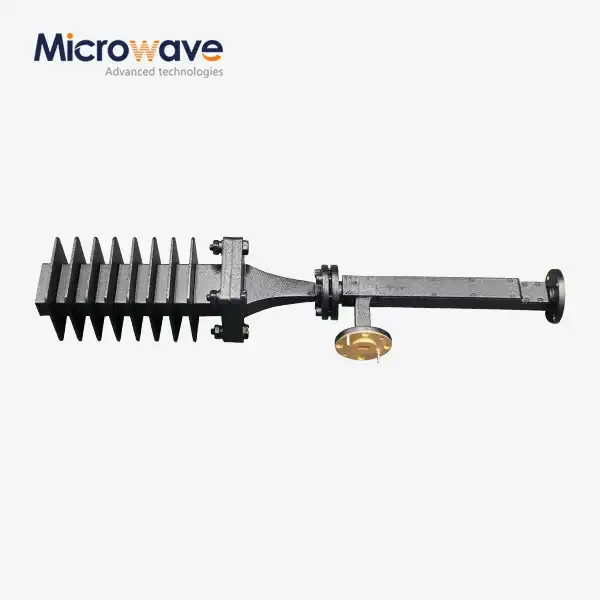 VIEW MOREWaveguide Fixed Attenuator
VIEW MOREWaveguide Fixed Attenuator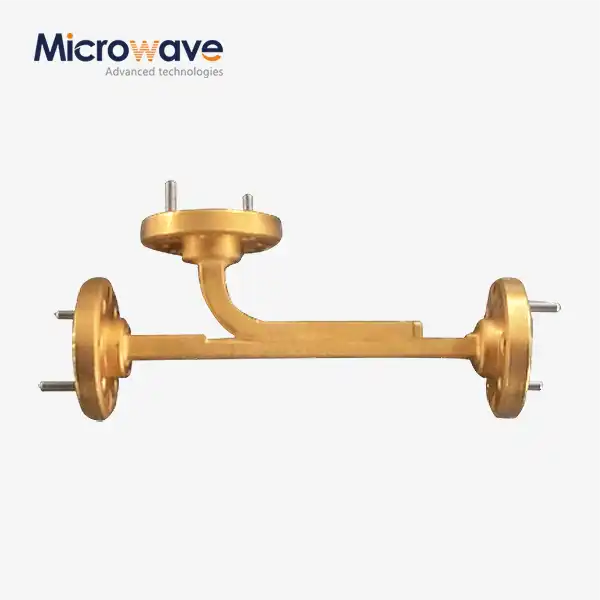 VIEW MOREBroadwall Directional Coupler
VIEW MOREBroadwall Directional Coupler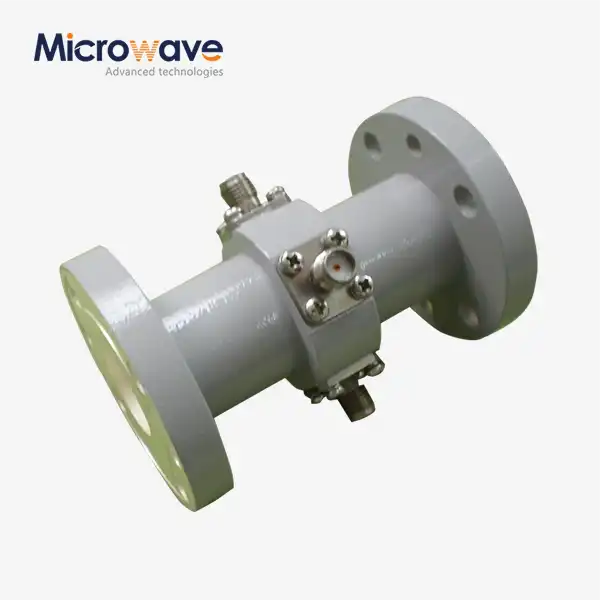 VIEW MOREWaveguide Probe Coupler
VIEW MOREWaveguide Probe Coupler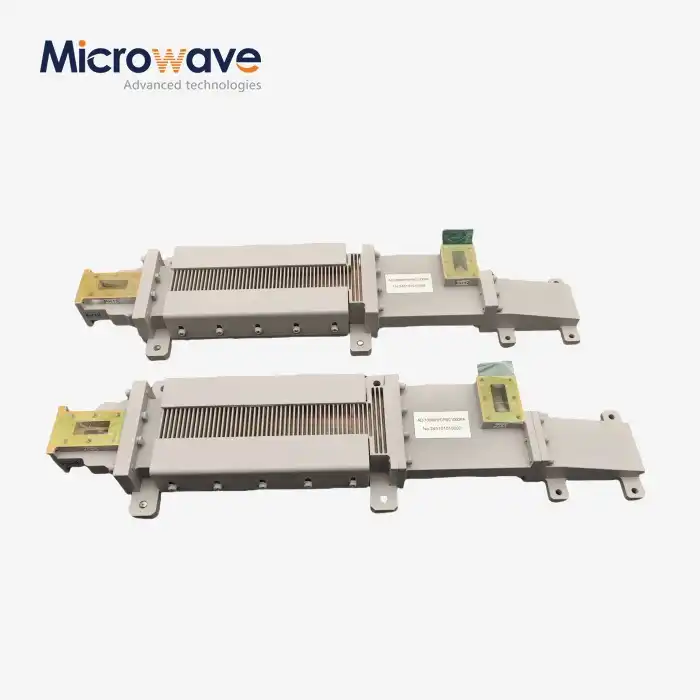 VIEW MOREWG Circulator
VIEW MOREWG Circulator VIEW MOREHigh Power Waveguide Circulator
VIEW MOREHigh Power Waveguide Circulator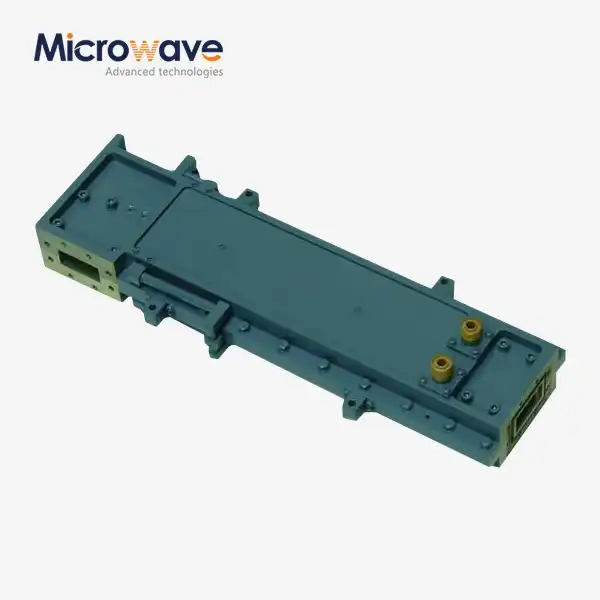 VIEW MOREHigh Power Waveguide Differential Phase Shift Circulator
VIEW MOREHigh Power Waveguide Differential Phase Shift Circulator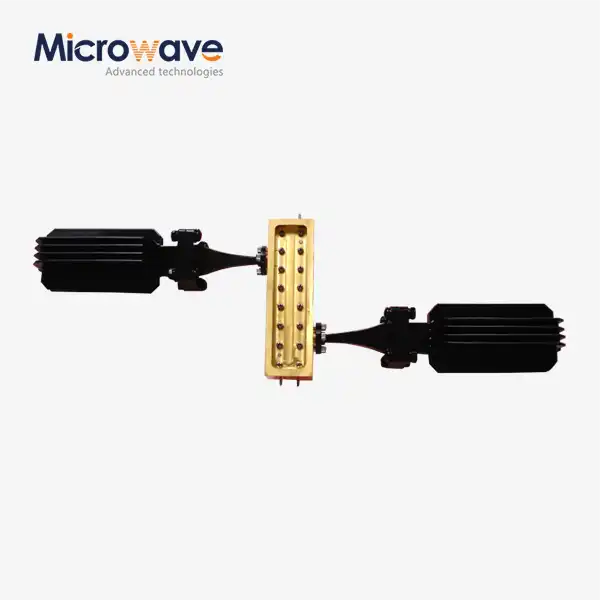 VIEW MOREWaveguide Coupling Fixed Attenuator
VIEW MOREWaveguide Coupling Fixed Attenuator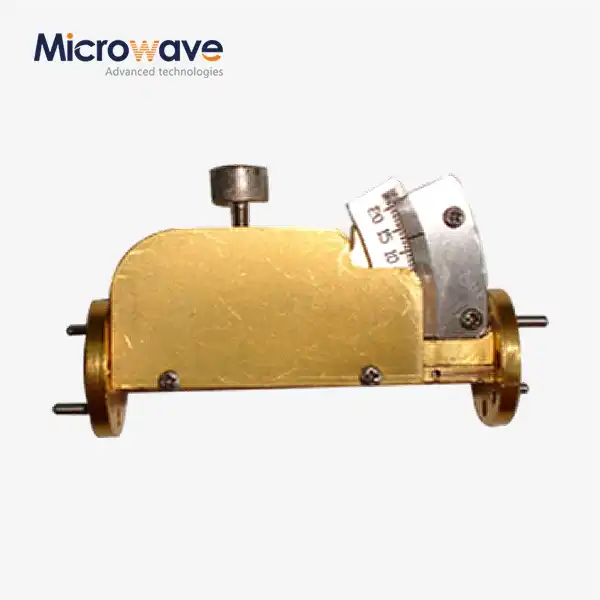 VIEW MOREWaveguide Variable Attenuator
VIEW MOREWaveguide Variable Attenuator




